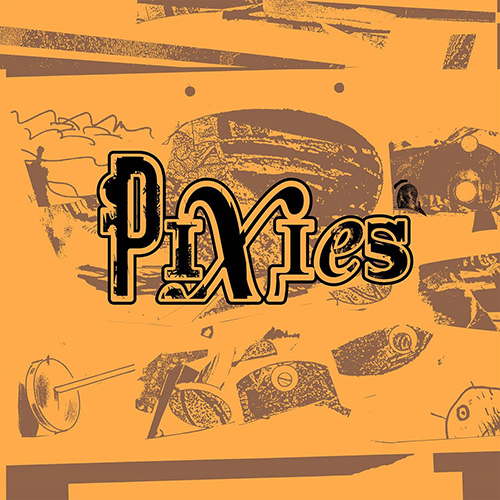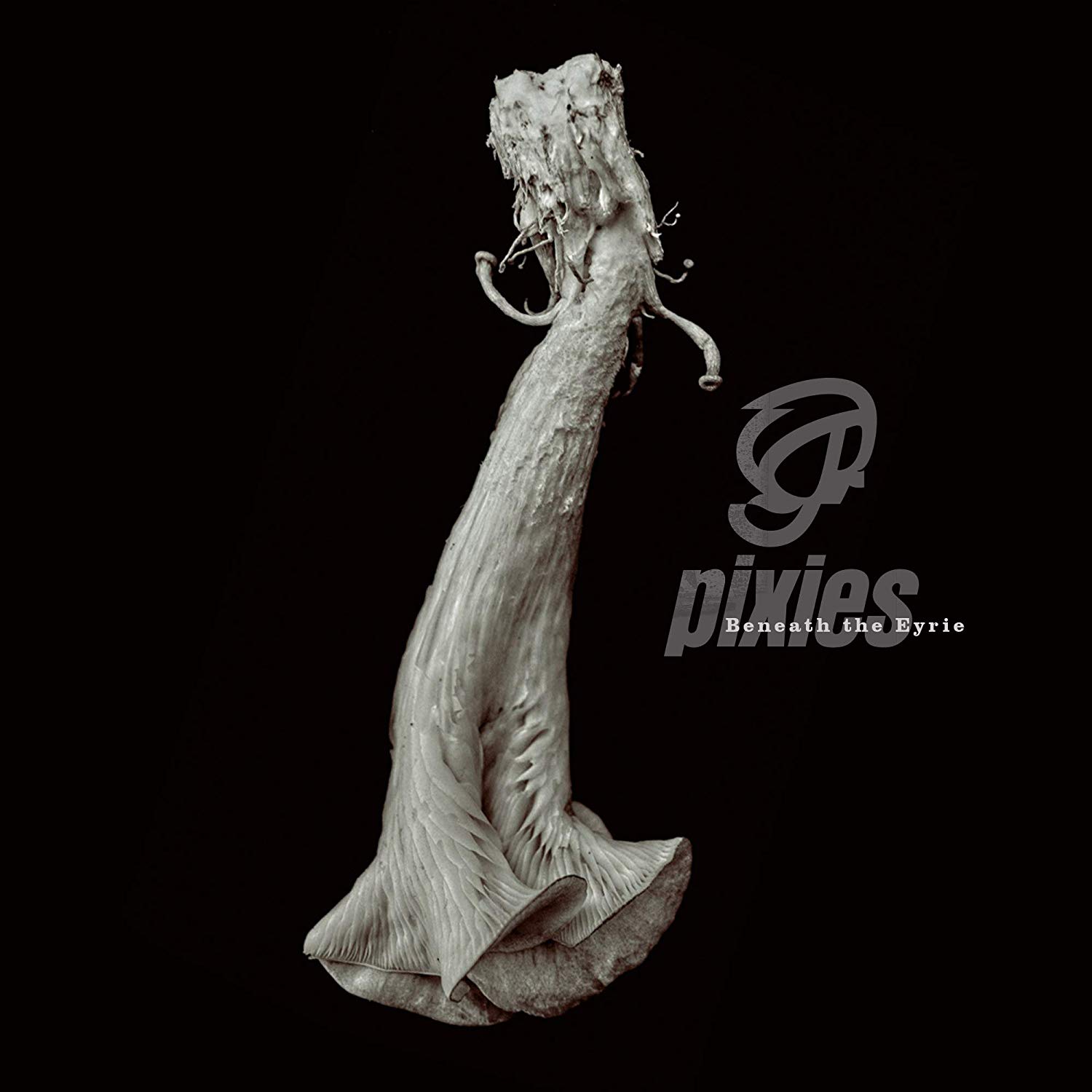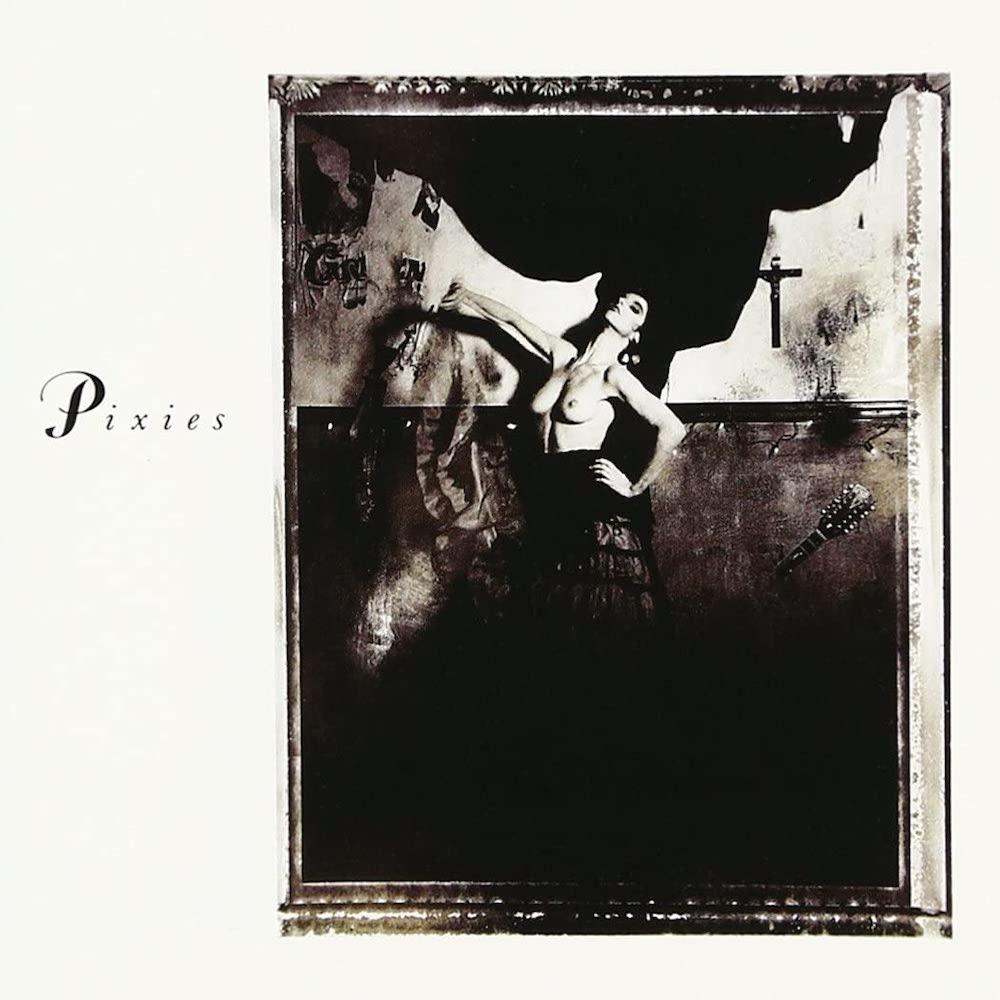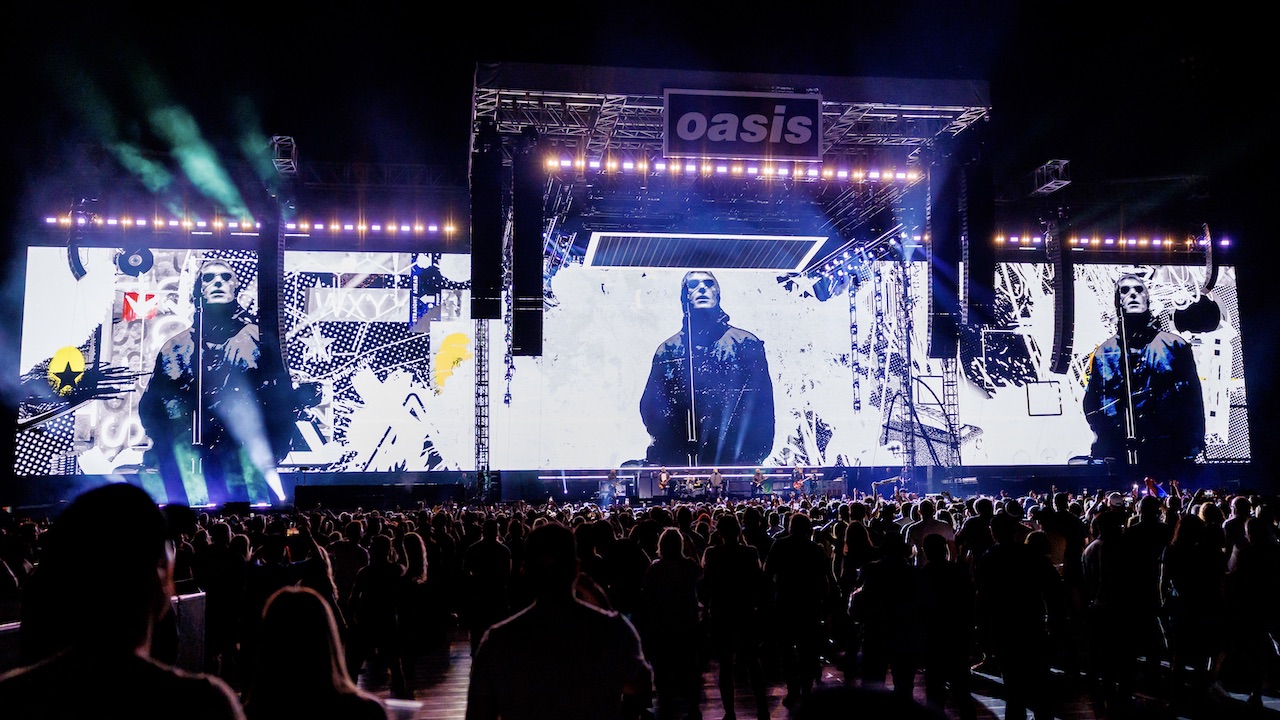Every Pixies album ranked from worst to best
From Surfer Rosa to Beneath the Eyrie, we examine this Boston band's back catalogue like some sort of cool forensic scientist

Boston’s Pixies are cult legends, inspiring such luminaries as Radiohead, PJ Harvey, Smashing Pumpkins, Placebo, Nirvana and David Bowie. Often credited with the quiet-LOUD-quiet formula that was duly adopted by their peers, Pixies didn’t so much invent the concept as make it their own, utilising these dynamics as a secret weapon. An inventive mix of punk, flamenco and surf rock, coupled with frontman Black Francis’ surreal lyricism, they created a world purely inhabited by one band and one band alone.
Not only were Pixies an influential force on the alt-rock mainstream takeover of the early 90s, but their success on the reunion circuit inspired a slew of bands to come back and attempt to re-live their glory years. With the band having just announced their eighth studio album Doggerel, now seems as good a time as any to rate Pixies' back catalogue from worst to best.

7. Trompe le Monde (1991)

The relationship between Black Francis and bassist Kim Deal had soured to the point where the latter’s sweet sultry backing vocals were almost entirely missing, robbing the Pixies of a central dichotomy that was often essential to their greatest works. With hindsight, it’s tempting to see Trompe le Monde as a test run for Black Francis’ transformation into Frank Black, sounding closer to the frontman’s work with The Catholics than any other Pixies record. Despite inter-band tension, Trompe Le Monde still produces a small handful of classics such as the raging and driven Planet of Sound, the hip-shaking U-Mass, the Chuck Berry-inspired Letter to Memphis and the slinky Subbaculture. Plus their cover of The Jesus and Mary Chains’ Head On is as essential as the original at this point.
6. Indie Cindy (2014)

It took Pixies nine years to release any new material post-reunion, a time frame longer than the band had originally been together. Expectations were high and when EPs 1-3 dropped between 2013-14, a number of critics appeared downright offended that Pixies would dare try to live up to their previous material. In truth, those EPs, combined to form Pixies’ fifth full-length studio album Indie Cindy, did no such damage to their legacy. What Goes Boom and Blue Eyed Hexe are as explosive as the most incendiary Pixies material, while the title track features one of the most eccentrically beautiful choruses the band have ever penned.
5. Beneath the Eyrie (2019)

The gothic surroundings of Dreamland Recordings Studio in New York inspired the aesthetic of Pixies' seventh album. As a result, Beneath the Eyrie stands out as the most different post-reunion material. But it works perfectly, particularly on the likes of On Graveyard Hill and Catfish Kate. Daniel Boone is one of the most gloriously tranquil songs in their considerable oeuvre. Beneath the Eyrie proved that Pixies can transport their sound into different areas whilst still retaining the essence of what makes them unique.
4. Head Carrier (2016)

The first Pixies LP to feature current bassist Paz Lenchantin (formerly of A Perfect Circle and Zwan) benefits from a stable line-up and her sweet melodious backing vocals. Her sole lead vocal and co-write All I Think About Now acts as a thank you letter to Kim Deal ("If you have any doubt / I want to thank you now"). Elsewhere, she adds sweet harmonies to Classic Masher and Might As Well Be Gone, but the likes of Baal’s Back and Um Chagga Lagga prove Pixies have lost none of their anarchic edge. Head Carrier is the closest of the post-reunion albums to capture that early pure unadulterated Pixies magic.
3. Bossanova (1990)

Cracks were beginning to show as Pixies entered the 90s, as three-quarters of the band relocated from Boston to Los Angeles whilst bassist Kim Deal was in England recording the debut Breeders album. Unlike their previous releases, much of Bossanova was written in the studio, and it is perhaps for this reason that the album sounds a little more ‘straight-ahead’ than its predecessors. Its hybrid of surf and space rock however, still made it a weird and wonderful album, with All Over the World, Down to the Well, The Happening, Velouria and Dig for Fire all essential Pixies cuts. An excellent album, which is only ever perceived as a let-down because of the two legendary albums that came before it.
The latest news, features and interviews direct to your inbox, from the global home of alternative music.
2. Surfer Rosa (1988)

Recorded in just 10 days for $10,000, Pixies' ferocious debut album changed the face of alternative music. Pixies quiet-LOUD-quiet dynamic, whilst not entirely new, felt revolutionary in these Bostonian’s hands. Steve Albini’s raw, ragged production brought the best out of songs about incest, mutilation, voyeurism and surrealism. 1999’s Fight Club gave Pixies a vital mini resurgence with Where is my Mind? playing over the end credits, potentially paving the way for the band’s reformation five years later. No less a man than David Bowie called Surfer Rosa “the most compelling music outside of Sonic Youth made in the entire 80s” and it’s hard to argue. Or it would be if it weren’t for…
1. Doolittle (1989)

The battle for the top spot in most people’s favourite Pixies album list is usually between Surfer Rosa and Doolittle; they’re both iconic, game-changing records. But in terms of sensational songwriting, nothing quite beats Monkey Gone to Heaven, No 13 Baby, Gouge Away or the simply sublime Hey.
Recorded over a period of 24 days, Pixies wasted no time recording their follow-up to Surfer Rosa, with Doolittle hitting the shelves 13 months after its predecessor. Hiring Liverpudlian producer Gil Norton was a stroke of genius, although there was confrontation in the studio, with Norton encouraging the band to add verses and choruses to lengthen songs. Frontman Black Francis eventually took Norton to a record store and showed him a copy of Buddy Holly’s Greatest Hits; most of the songs were around the two-minute mark. Point made.
Not that the clean-cut Buddy Holly had much more of an influence on the deranged and often extraordinary world Pixies inhabited. Lyrically, the album retains the surreal edge of Surfer Rosa, with references to surrealism, Biblical violence, torture and death, but with a slightly poppier edge which brings out a sweetness that rarely surfaced on Surfer Rosa. Given the provisional title Whore, Doolittle mixes dark lyrics about "slicing up eyeballs" and "ten million pounds of sludge from New York and New Jersey" with sweet harmonies, perfecting a formula which is still in heavy rotation today. It’s probably ‘cooler’ to choose Surfer Rosa over Doolittle, but the songs on the latter are undeniable and made the band the cult superstars they are today.
Doggerel will be released on September 30 via BMG.
Pixies support Pearl Jam at BST Hyde Park in London on July 8, and play Edinburgh, Glasgow, Newcastle and Bingley in August.
